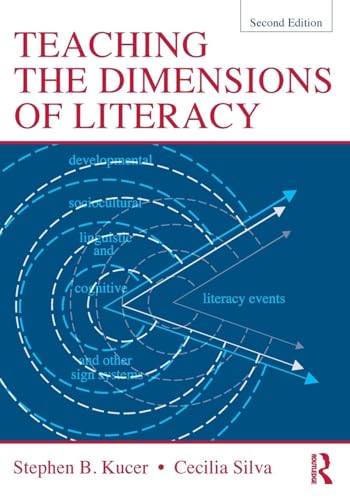Teaching the Dimensions of Literacy provides both the conceptual knowledge to support teachers' instructional decisions in the reading/literacy classroom and a multitude of instructional strategy lessons for classroom use with both monolingual and bilingual students. It proposes that teachers need to help children become code breakers (the linguistic dimension), meaning makers (the cognitive dimension), text users and critics (the sociocultural dimension), and scientists (the developmental dimension). Acknowledging and addressing all four dimensions, this text links literacy theory, literacy research, and literacy practice in a useable way. Covering both reading and writing, it features clear, concise, and useable reading and writing strategy lessons and ways to modify them for different types of students.
Changes in the Second Edition: Entirely reorganized, the text is more user friendly, builds a stronger link between theory and practice, and makes it is easier for teachers to locate appropriate strategy lessons to use with their students. Academic literacy is addressed more fully.









